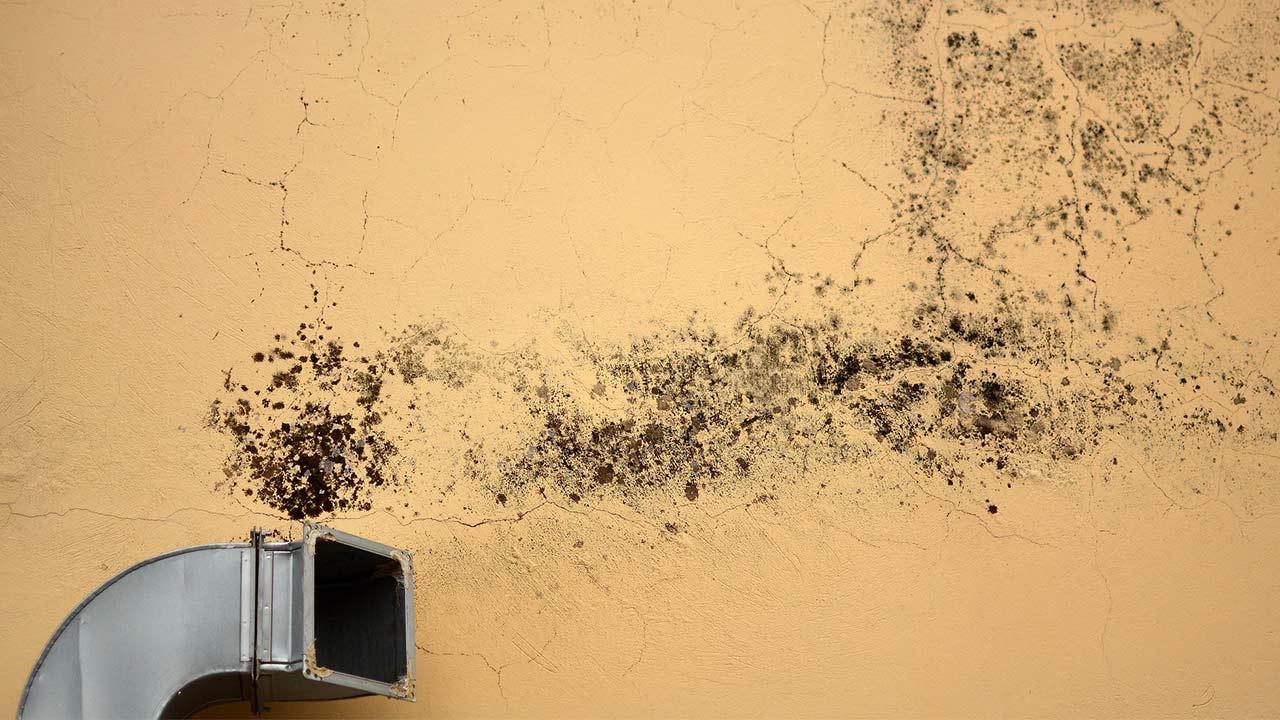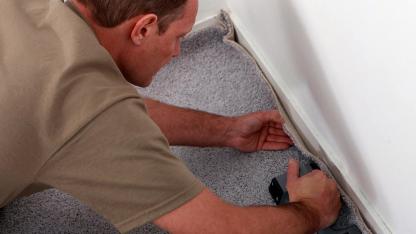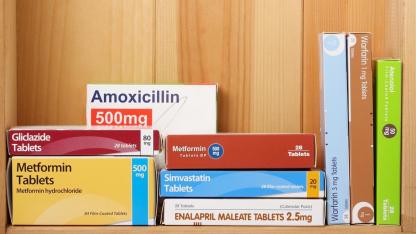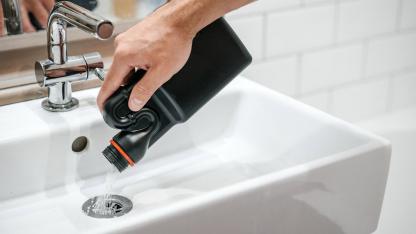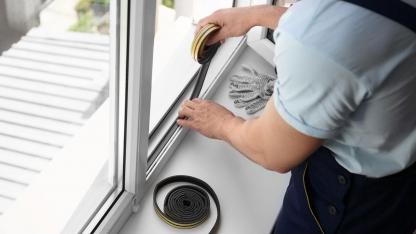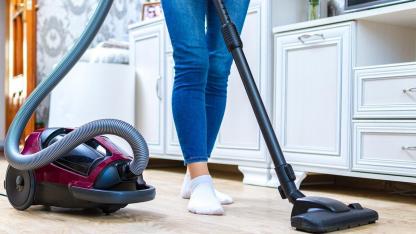Mould on the wall - What to do
What to do if mould grows in the house
Kategorien: Health Cleaning Home
In rooms with too high humidity, mould can develop. Incorrect ventilation and heating contribute to a poor indoor climate. Various building defects can also be the cause. Since this can be a health hazard, you should definitely take action! Check the air humidity in your house and take countermeasures if it is permanently too high and the first signs of mould growth appear.
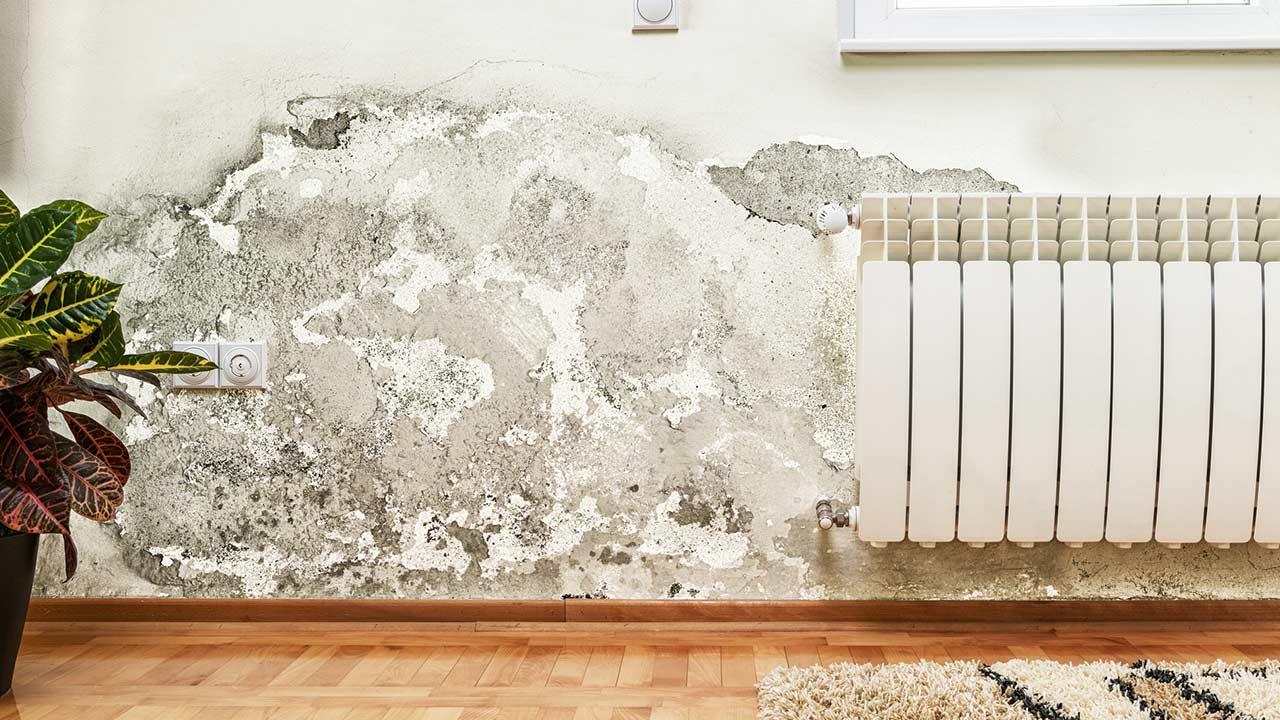 © wabeno / depositphotos
© wabeno / depositphotos
Causes for mould growth
If the humidity is too high, mould can form over time. The cause of damp air can be incorrect ventilation or insufficient heating during the cold months. Structural defects also play a role. In modernised old or new buildings, a lack of ventilation systems and inadequate thermal insulation can cause high humidity. When moist air meets cold exterior walls, it condenses.
Leaky roofs or basement walls can even cause large wall surfaces to become damp.
Your own health also depends on the indoor climate. It is therefore very important to prevent the formation of mould! Mould is not always immediately visible. With a mould test you can quickly determine whether your house is affected.
Mould formation in the house
Room temperatures above 0 degrees Celsius and a humidity of about 80 percent are good conditions for mould. Above a certain concentration, damage to plaster, wallpaper and later also to masonry becomes apparent. Mould spores are undemanding. Mould can therefore also adhere to surfaces with dust. Mould formation usually starts at thermal bridges near windows, inside on exterior walls that are blocked by furniture, and in the bathroom.
Mould poisons are not good for your health! They can cause skin irritations, states of exhaustion and respiratory diseases. They can also attack the immune system and cause allergies.
Detect and eliminate a mould infestation
Doing without a mobile phone during Lent - little girl with mobile
It usually begins quite harmlessly. Small brown or black spots form on wallpaper, wall paint or in light-coloured joints. However, these areas will grow over time if you do nothing and the growth factors such as high humidity remain. It is therefore important that you take countermeasures immediately. Bear in mind that the problem behind cabinets may be bigger than you think.
Especially in bedrooms, furniture must be moved away from the outside wall.
If there are large areas of mould, you must hire a specialist to remove it. If the property is rented, the landlord must be informed. You can treat smaller areas yourself. However, simple cleaning is not enough. The DIY store has the appropriate means. Vinegar is considered to be a household remedy, but it must not be used on limed walls. Alcohol and methylated spirits are also suitable.
The application must be repeated several times. Hydrogen peroxide can be used on dry surfaces.
Rules of conduct must be observed when combating low levels of mould. Wear mouth protection, rubber gloves and protective goggles and put on a disposable overall to avoid eye irritation, skin contact and inhalation of mould spores. Do not continue cleaning with rags, sponges and brushes after the treatment, but dispose of the utensils to prevent further spread of the spores.
Sustainably improve the room climate
As soon as any construction defects that have been identified are remedied, it should be easier for you to create a room climate that prevents mould in the house. Nevertheless, high humidity can occur in the bathroom and kitchen as a result of showering or cooking. In bedrooms, high humidity also develops overnight. 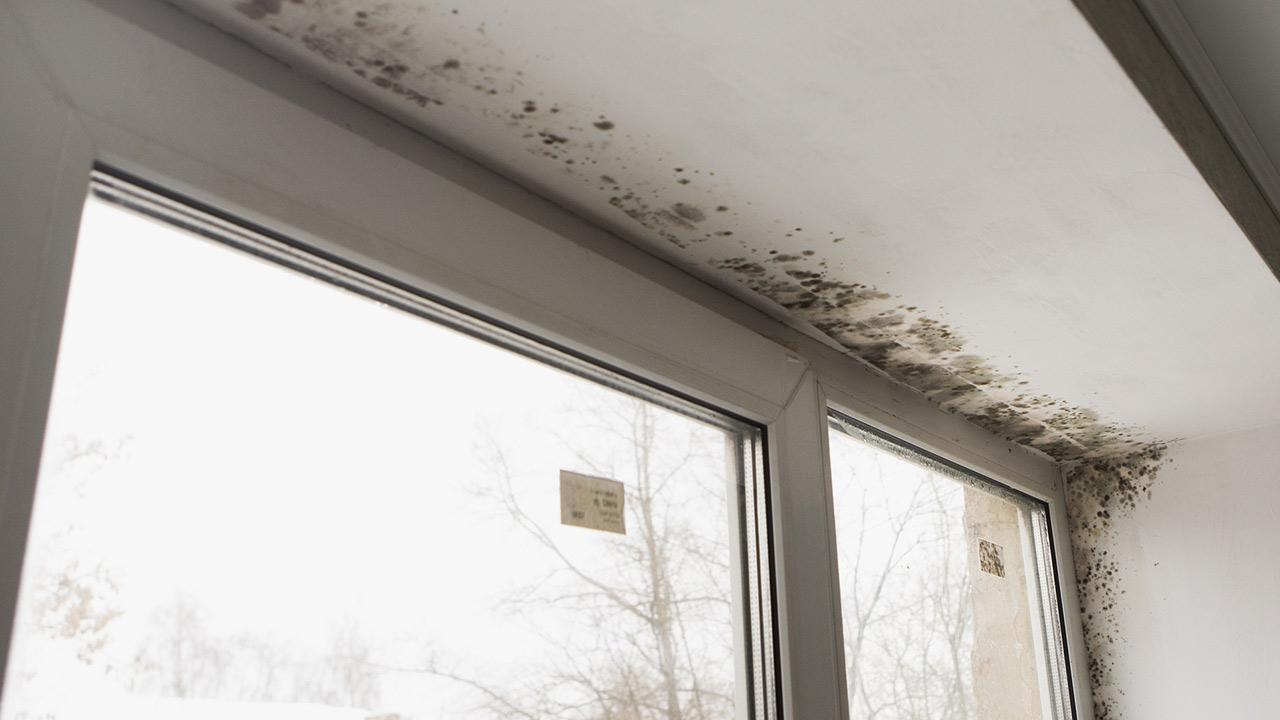 © burdun / depositphotos
© burdun / depositphotos
If the room is unheated and the room temperature is below 16 degrees Celsius, condensation occurs. Therefore, you should not let bedrooms cool down in winter.
Correct ventilation is important for all rooms. It has proven to be a good idea to air the room three or better four times a day for 3 to 5 minutes. After showering or cooking, you must air the room immediately. This should become a habit. Use a thermo-hygrometer to check the room temperature and humidity!
